Olympic History: All hail the Graels
Published on June 24th, 2016
by Fi Edwards, World Sailing
The greatest stage in international sport, the Olympic Games, is a pressure cooker. While many wilt under the weight of expectation on their Olympic debut, two brothers from Brazil would shine.
With Los Angeles as their backdrop, The Grael siblings demonstrated the craft they had honed on the waters of Guanabara Bay – the venue for this year’s Olympic and Paralympic sailing competitions.
Sailing with Daniel Adler and Ronaldo Senfft, Torben Grael – the man they call ‘Turbine’ – started his record five medal haul with a silver in the Soling while brother Lars and crew Glenn Haynes powered to seventh in a highly competitive Tornado fleet.
Sailing is in the Grael’s DNA. The brothers’ grandfather, Preben Schimdt was a sailing pioneer in South America; his twin sons Axel and Erik were veterans of two Olympic Games and the first Brazilian sailors to be crowned “Campeão Mundial” (World Champion, in the Snipe in 1961), an achievement they went on to repeat twice more. Their family was as close as it comes to sporting royalty in Brazil and the reaction to the brothers sailing success, in a nation more associated with football and volleyball, was enormous.
The achievements of the Brothers from Brazil was far from the only story to come out of 1984 LA Games. Other famous faces present on the podium included America’s Cup legend Russell Coutts (NZL) who won gold in the Finn; Yachting New Zealand’s Olympic Director Rod Davis (USA) gold in the Soling, and the designer of the Laser and Laser Radial rigs Hans Fogh (CAN) who won his second medal, a bronze, in the Soling.
Off the podium, there was more drama as the legendary Paul Elvstrøm (DEN) and daughter Trine – the only father/daughter combination to ever compete in the Olympic Games together – were denied a bronze in the Tornado by a single point.
And excitement as a new, and very cool discipline – windsurfing – made its first appearance at the Olympic Games. Sailing welcomed what would be its first single-gender event with Stephan van den Berg (NED) taking home the gold in the men’s Windglider and Karen Morch (CAN) winning the women’s exhibition event.
The 1984 Games were the biggest to date with 6,829 athletes from 140 National Olympic Committees taking part. The number might have been even higher if it wasn’t for a Soviet Union led boycott of the Games – revenge for the USA-led boycott of the Moscow 1980 games – by several mostly Eastern European nations.
In sailing this meant a record 300 athletes from 62 nations competing. However, the boycott would mean that Sailing Hall of Famer Valentin Mankin and his crew Aleksandr Muzychenko were unable to defend their Star gold from 1980. In addition, the silver and bronze medallists from the 1984 Soling World Championships and the successful Soviet Flying Dutchman crew would also be absent.
Before a single starting gun was fired, the 1984 Olympics hit the headlines as the cash-strapped City of Los Angeles and the United States Government were reluctant to support what they saw as a costly waste of resources.
Doubts were cast that LA could pull it off but in star-spangled style they delivered.
Faced with a tiny budget for an event of the scale of the Olympic Games, the Los Angeles 1984 organisers, led by American entrepreneur Peter Ueberroth, used clever design and an ambitious program of fundraising to deliver what is widely considered to be one of the most successful Games ever.
The unprecedented corporate sponsorships and lucrative television deals of 1984 paved the way for the commercial event we know today.
Photo: Torben Grael with Daniel Adler and Ronaldo Senftt.


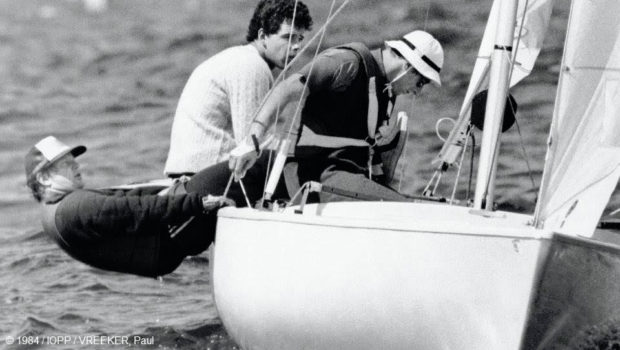


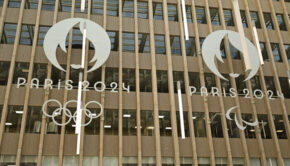
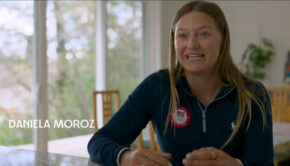
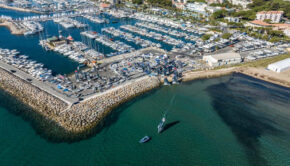
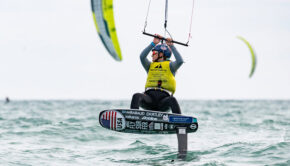
 We’ll keep your information safe.
We’ll keep your information safe.